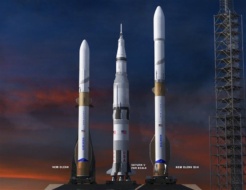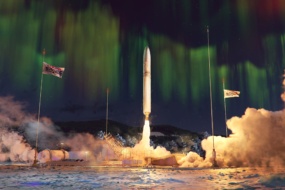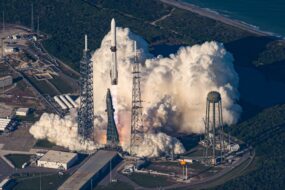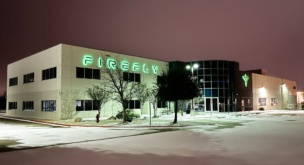SpaceX lost its Starship second-stage vehicle nine minutes into its eighth test flight today, raining debris over the Caribbean—a scene nearly identical to its last failed test flight in January.
After successfully catching the rocket’s Super Heavy booster with its “Mechazilla” chopstick launch pad arms for the third time, Starship’s spacecraft began tumbling mid-flight with telemetry showing multiple engines out and a loss of attitude control.
A do-over that flipped over: The flight was supposed to be a do-over mission for the new Block 2 Starship, which can hold 25% more propellant than its predecessor. The upgraded spacecraft’s first flight on Jan. 16 ended in fireworks over the Caribbean, diverting dozens of flights, and sparking a still-unresolved FAA investigation. SpaceX believed the explosion was caused by strong vibrations that triggered propellant leaks and, eventually, fires.
The company went back to the drawing board and incorporated the following improvements for it’s redo:
- Changes to the fuel lines, engines, propellant temperature, and thrust profile
- Increased volume of vents and purge systems to combat flammability
But today’s ka-boom showed the changes didn’t go far enough.
Booster catching: One piece of good news? The company is making booster catching look easy, successfully catching the rocket’s Super Heavy booster for the third time. There’s been just a month and a half on average between SpaceX’s last three Starship flights—a significant improvement from the program’s first year, but still below the company’s goal of flying 25 Starships this year.
SpaceX plans to catch its second-stage Starship this year. However, back-to-back explosions is a setback to the ambitious goal.




